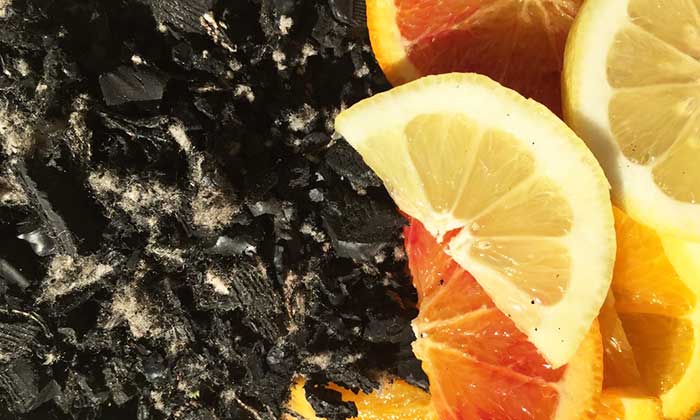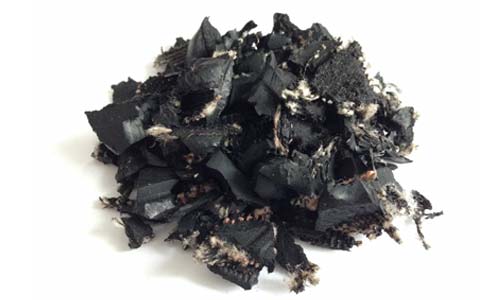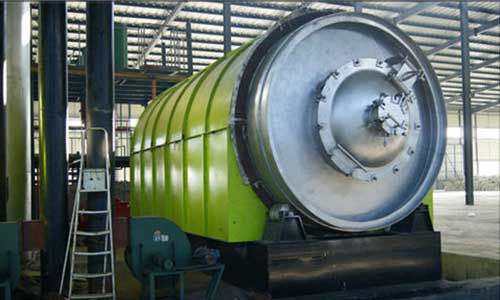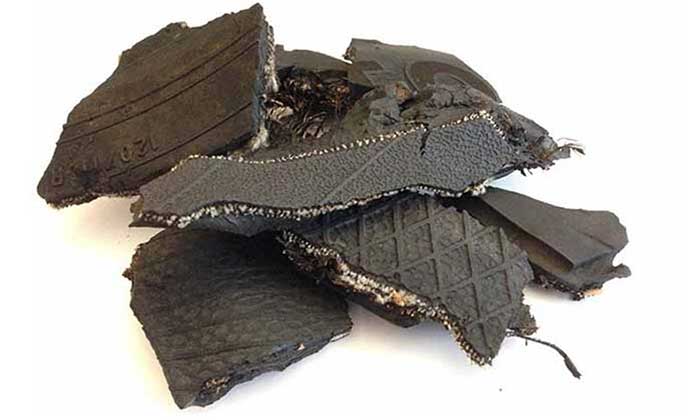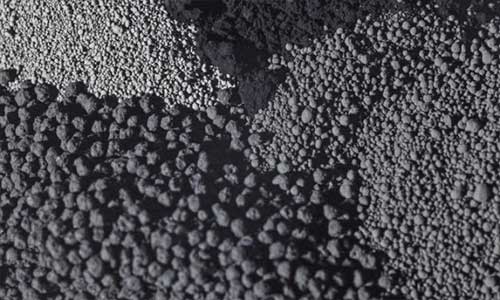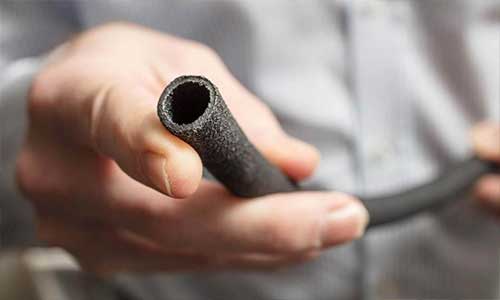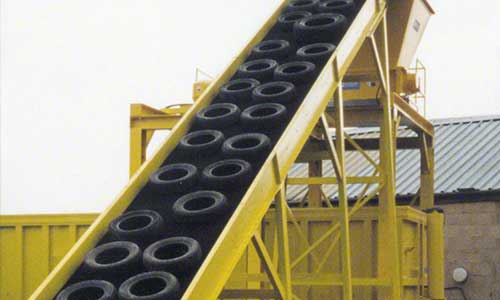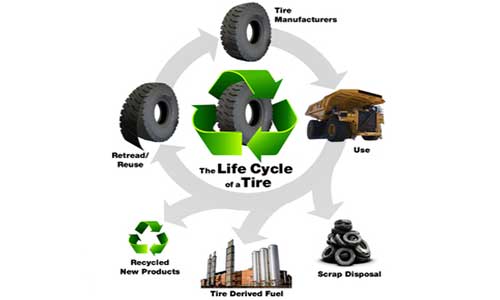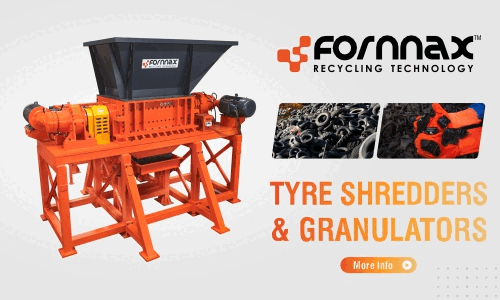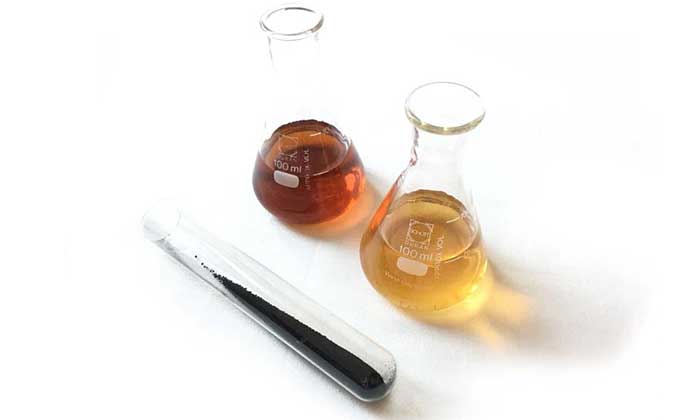
Weibold Academy: A practical way to upgrade end-of-life tire derived pyrolysis oil
This article is a review by Claus Lamer, a Co-Founder at Carbon Recovery GmbH. Weibold’s Academy article series discusses periodically the practical developments and scientific research findings in the end-of-life tire (ELT) recycling and pyrolysis industry. One of the goals is to give entrepreneurs in this industry, project initiators, investors and also the public, a better insight into a rapidly growing circular economy. At the same time, this article series should also be a stimulus for discussion.



